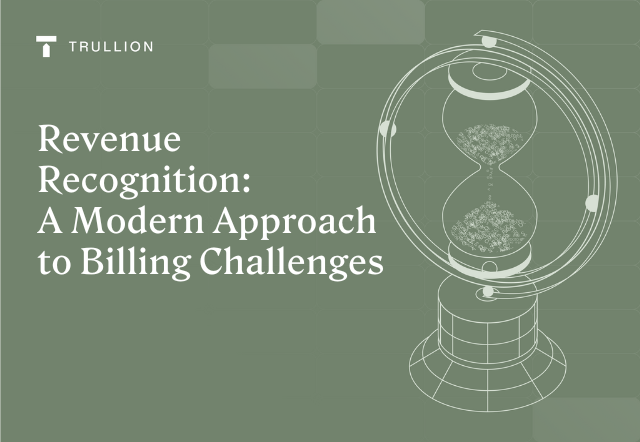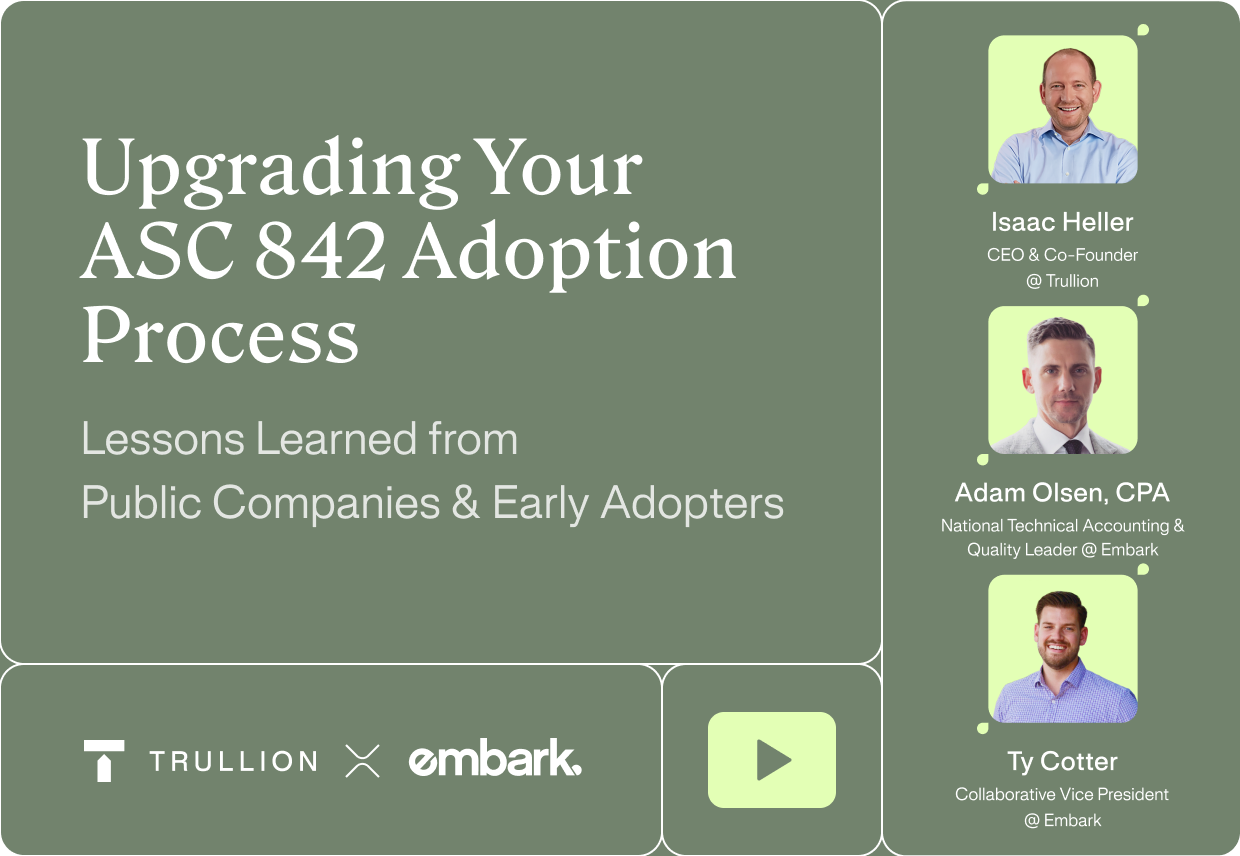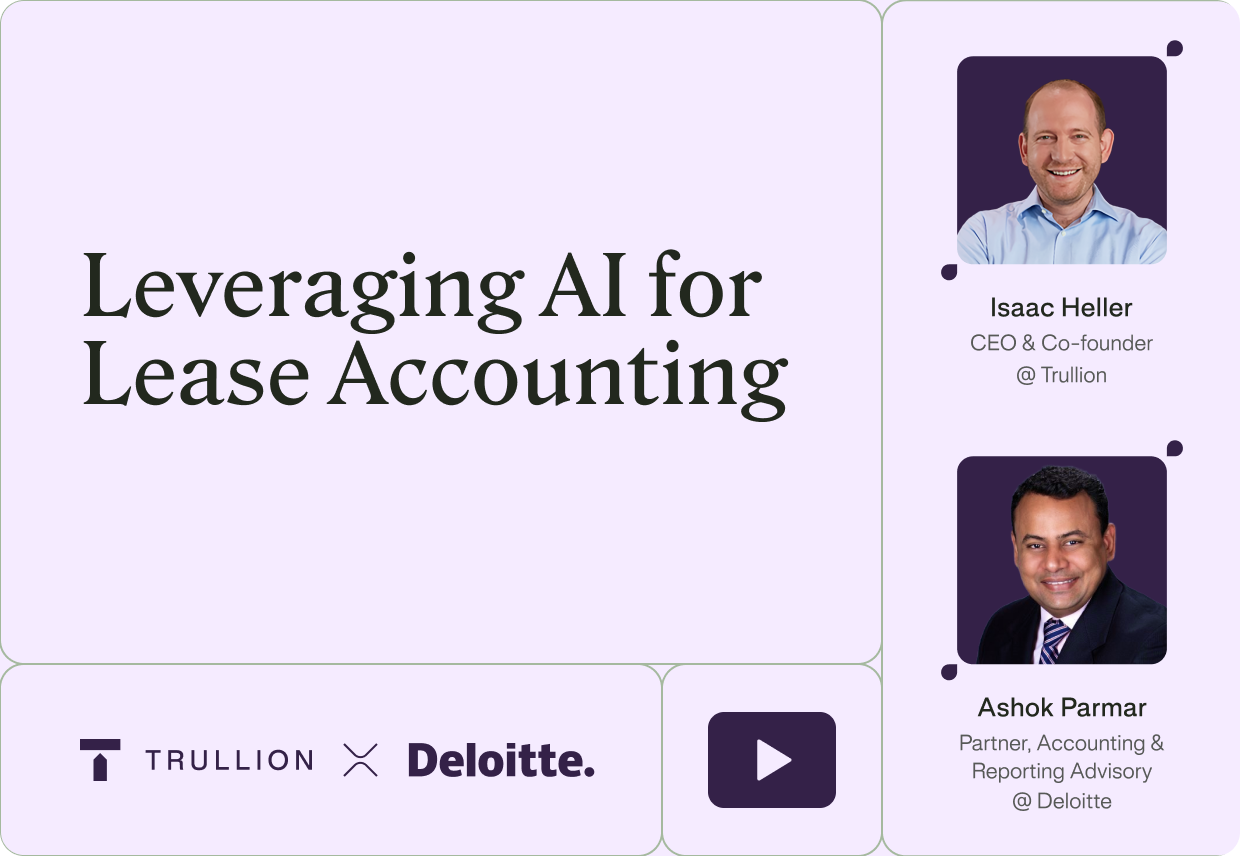The business has changed: subscriptions, automation, and more
The way that business has changed in the last few years is staggering, from new ways of providing services, to novel billing methods and more. Decades – if not centuries – of “traditional” business methods have been upended.
Prime examples include Airbnb, worth more than double traditional hotel groups such as Hilton Hotels Corporation, and without owning a single physical property. Or the SaaS model, where a monthly subscription replaces inhibitive up-front costs. Related to this is cloud computing, particularly serverless computing, and auto-scaling, which ensures applications only pay for what they use and can scale up and down seamlessly.
One particularly interesting example is the venerable U.S. machine manufacturing giant John Deere, which is aiming to make 10% of its revenue from software subscriptions.
These new ways of doing business have surfaced incredible opportunities, opened up new markets, and given individuals and organizations more flexibility. However they have also posed a number of significant challenges, particularly when it comes to issues such as revenue recognition.
New revenue recognition challenges introduced
From an accounting perspective, there are several challenges posed by subscription billing, automation, per user billing, and other innovative revenue models, especially in light of recently updated revenue recognition standards such as ASC 606 and IFRS 15. These include:
- Recognition Timing: With subscription billing and other recurring revenue models, determining the appropriate timing for recognizing revenue becomes complex. For example, companies must decide whether to recognize revenue on a monthly basis or allocate it over the duration of the subscription.
- Performance Obligations: In modern business methods, contracts may include multiple performance obligations, such as providing software licenses, services, and ongoing support. Identifying and properly accounting for these obligations can be intricate.
- Variable Consideration: Some business models involve variable consideration, where the revenue amount fluctuates based on factors like usage, customer behavior, or performance metrics. This variability makes revenue recognition more challenging.
- Customer Termination Rights: In subscription-based models, customers often have the right to terminate their contracts with short notice. Companies need to account for these termination rights and adjust revenue recognition accordingly.
- Bundled Arrangements: Many businesses offer packages or bundles of products and services at a combined price. Allocating revenue appropriately to individual elements within the bundle can be a complex task.
- Contract Modifications: Changes in customer contracts, such as upgrades, downgrades, or changes to service levels, can impact revenue recognition. Companies must assess these modifications and adjust their accounting accordingly.
- Automation and Technology: Automation can streamline processes, but it can also introduce complexities in revenue recognition. For instance, determining whether to recognize revenue upon delivery of a product or upon system activation can be challenging.
- Multi-Party Arrangements: In collaborative business models, multiple parties may be involved in delivering products or services to customers. Determining how to recognize revenue in such complex arrangements can be difficult.
Modern solutions are required
Traditional methods of accounting struggle to cope with the complexities introduced by new revenue recognition challenges we’ve referenced – such as subscription billing and automation. Manual accounting processes are susceptible to errors and inefficiencies, particularly when dealing with complex revenue models and large volumes of data. The lack of real-time insights from traditional accounting systems hampers timely decision-making and monitoring of revenue performance. Moreover, compliance with the appropriate revenue recognition standards can be difficult, exposing companies to the risk of non-compliance and potential legal consequences.
Some recent examples demonstrate this.
Revolut, the global neo bank and financial technology company, recently had auditors raising concerns around half a billion dollars of revenue. Revenue from subscriptions, cards, foreign exchange, and wealth activities could not be sufficiently verified. Auditors noted that the company’s “IT systems weren’t designed in such a way that would allow for IT or business process controls to be effectively tested throughout the year.”
Another example is Bird Scooters, which admitted to the SEC that it overstated revenue for two years. Again the culprit was complex revenue recognition issues; in this case, the company had recorded revenue for rides even when the customer had no money preloaded in their wallet (it should have reported unpaid balances as deferred revenue).
These incidents highlight the challenges that companies and auditors face in accounting for revenue against the backdrop of innovative business models, particularly when they don’t have the right accounting software in place.
Modern accounting software to handle revenue recognition challenges
To address these shortcomings and mitigate risks, modern accounting software – and in particular, AI-powered automated accounting software – has emerged as the solution. By leveraging AI and automation, such software can automate data entry, calculations, and revenue recognition processes, minimizing the likelihood of human error and maximizing accuracy and ongoing compliance.
Leading AI-powered accounting solutions like Trullion offer real-time insights and analytics, empowering businesses to monitor revenue performance continuously, giving access to all relevant stakeholders, and responding promptly to potential issues.
Seamless data integration capabilities allow AI-driven software to handle data from various sources, promoting data consistency and reducing discrepancies.
Trullion is the market leader when it comes to AI-powered automated accounting software, particularly for complex areas such as revenue recognition and leases.
The software’s efficiency streamlines revenue recognition procedures, ensuring faster and more accurate financial reporting and closing cycles, and enabling revenue model flexibility while providing automated workflows and regulatory compliance.
To learn more about meeting today’s revenue challenges head-on, set up a call with a Trullion product expert.










